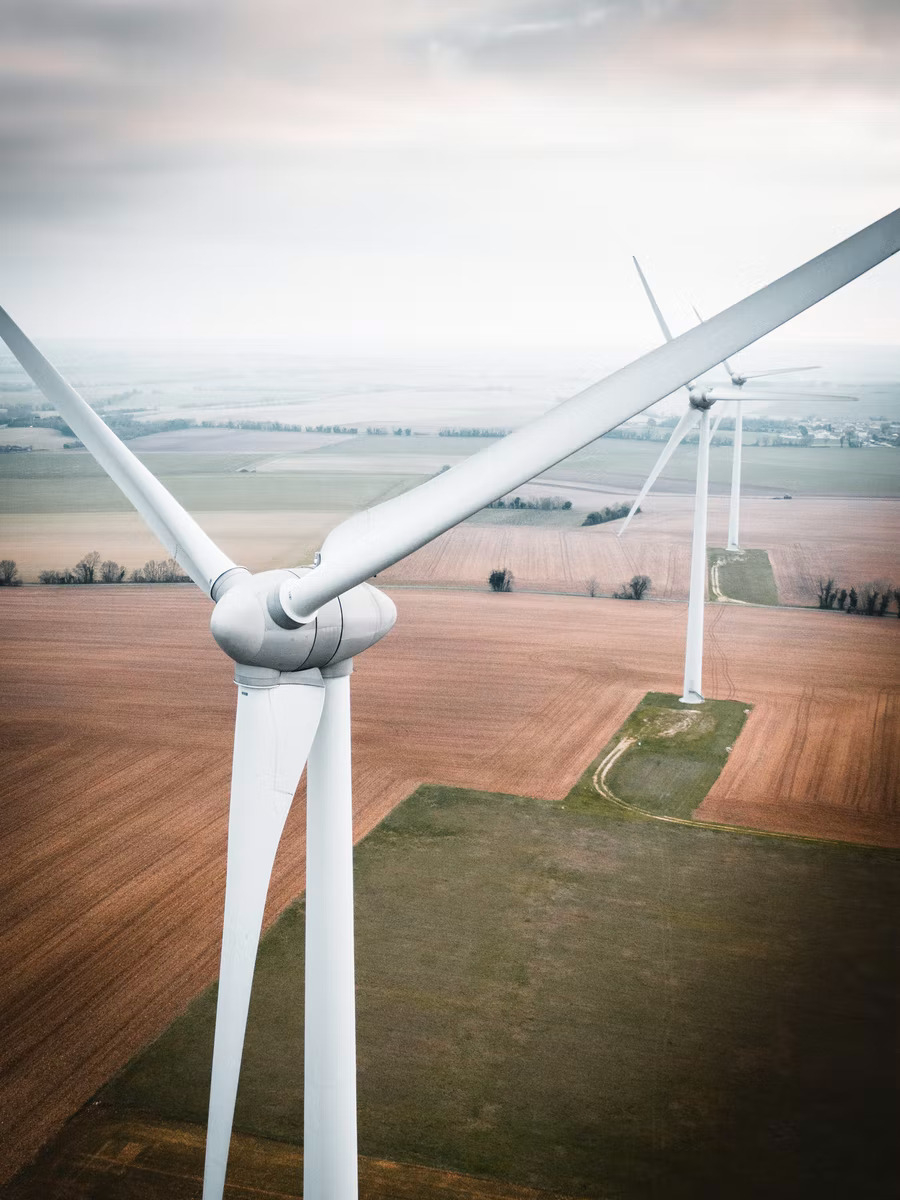Tesla CEO Elon Musk has announced on Twitter that a prototype will be released at Tesla Artificial Intelligence Day on September 30. It’s called Optimus, also known as the Tesla Bot, and it’s Tesla’s most important product this year.
The Tesla Bot is about 172CM and weighs about 56KG. It can carry a cargo of about 20KG and the fastest walking speed is about 8KM/h. The weight of 56kg is almost the same as that of an adult, which means that the inner parts are highly lightweight and precise. Tesla released robots, setting off a boom in human robots, and discussions about the application scenarios and technical solutions of human robots have been happening one after another.
Whether it is an industrial robot or a human robot, the drive motor is the core component. Permanent magnet synchronous servo motors are the mainstream, and servo motors, reducers, controllers and sensors are the core components of robot control systems and automation products. The joint operation of the robot is inseparable from the precise positioning of the servo system, so the more joints the robot has, the more servo motors will be used. Rare earth permanent magnet motors meet the requirements of miniaturization, higher power, higher reliability and stability, and higher efficiency under a higher load variation range. Rare earth permanent magnet material is the basic material of permanent magnet synchronous servo motor. As a motor with comprehensive advantages in volume, weight and energy consumption, rare earth NdFeB motor may be widely used in robots in the future.
With the rapid development of the robot industry, the rare earth permanent magnet industry is expected to usher in a growth no less than that of electric vehicles. At the same time, the acceleration of the industrialization process of human robots may further increase the demand for high-performance NdFeB. Assuming that there are 2 motors for the head and waist of the human robot, and 12 motors for each of the arms and legs, a total of 40 motors are used. The demand is 2-4 kg. Based on this calculation, the demand for high-performance NdFeB for 10 million human robots will reach 20,000-40,000 tons, which is equivalent to 20-40% of the total global demand for high-performance NdFeB in 2021. This will significantly increase the future consumption growth rate of high-performance NdFeB.

 English
English


